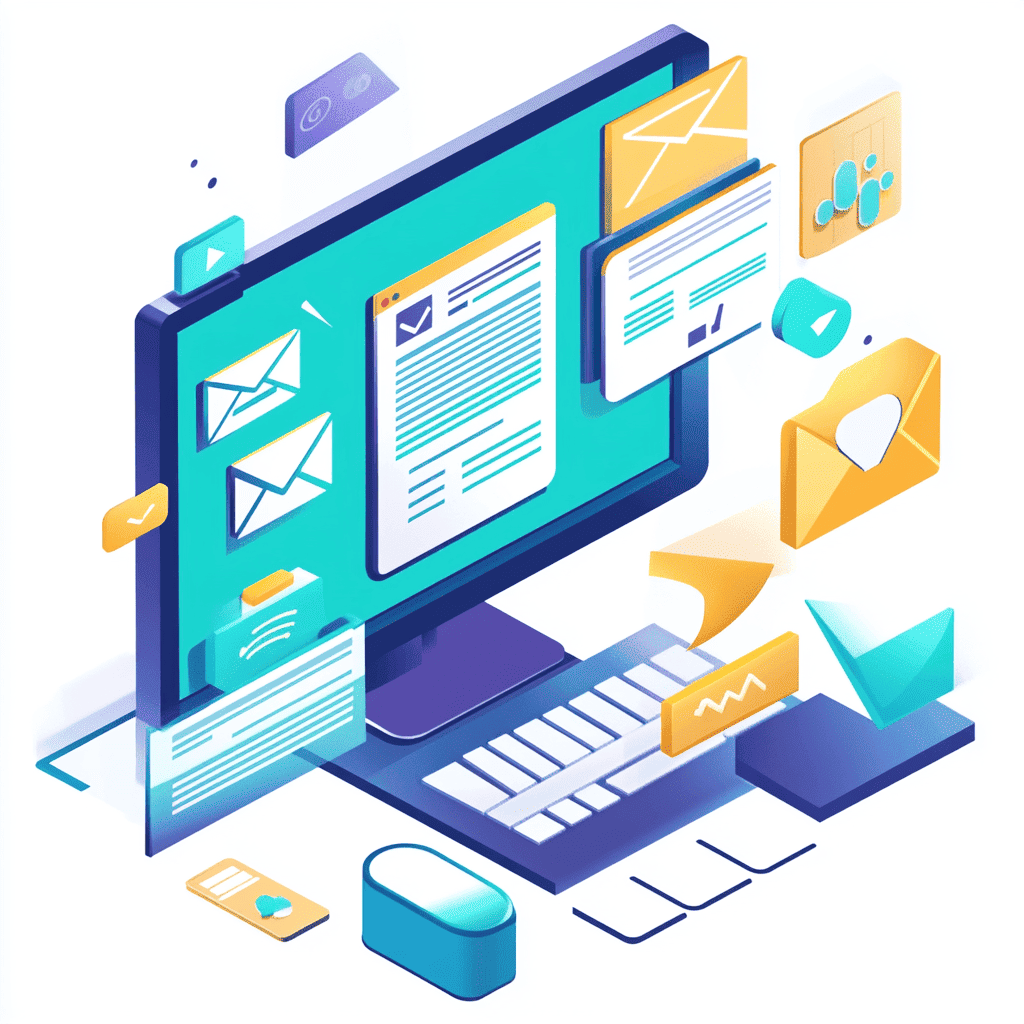The Ultimate Guide to Email Marketing and Newsletter Creation in 2024

Posted on: 2024-10-01
In today's digital landscape, email marketing remains one of the most effective ways to reach your audience, build relationships, and drive conversions. This guide will cover everything you need to know about email marketing and creating engaging newsletters for your website.
Why Email Marketing Matters
Email marketing offers numerous benefits for businesses of all sizes:
- Direct communication: Reach your audience directly in their inbox.
- Cost-effective: Compared to other marketing channels, email offers a high ROI.
- Personalization: Tailor content to individual subscribers' preferences and behaviors.
- Measurable results: Track opens, clicks, and conversions easily.
- Brand loyalty: Regular communication helps build and maintain customer relationships.
Building Your Email List
Before you can start sending newsletters, you need a list of subscribers. Here are some effective strategies:
- Offer valuable lead magnets: Create downloadable content like ebooks or whitepapers in exchange for email addresses.
- Use pop-ups and sign-up forms: Place these strategically on your website to capture visitor information.
- Run contests or giveaways: Encourage email sign-ups as part of the entry process.
- Leverage social media: Promote your newsletter on your social channels.
Crafting Effective Newsletters
1. Define Your Goals
Before creating your newsletter, establish clear objectives. Are you aiming to:
- Drive traffic to your website?
- Promote a new product or service?
- Share valuable content with your audience?
- Nurture leads?
2. Choose the Right Email Marketing Platform
Select an email service provider that offers features like:
- Customizable templates
- Automation capabilities
- A/B testing
- Analytics and reporting
- List segmentation
Popular options include Mailchimp, Constant Contact, and SendGrid.
3. Design Your Newsletter
Follow these design best practices:
- Keep it clean and simple: Use a single-column layout for better readability.
- Use your brand colors and logo: Maintain consistency with your website.
- Include plenty of white space: This improves readability and focus.
- Make it mobile-friendly: Ensure your design is responsive for various devices.
- Use web-safe fonts: Ensure your text is legible across different email clients.
4. Craft Compelling Content
- Write attention-grabbing subject lines: Keep them under 50 characters and use power words.
- Personalize your content: Use subscriber data to tailor your message.
- Provide value: Share useful information, tips, or exclusive offers.
- Use a clear call-to-action (CTA): Make your CTA buttons stand out and use action-oriented language.
5. Optimize for Engagement
- Segment your list: Group subscribers based on interests, behavior, or demographics.
- A/B test your emails: Experiment with different subject lines, content, and send times.
- Use automation: Set up welcome series, abandoned cart reminders, and other triggered emails.
- Include interactive elements: Add videos, GIFs, or polls to increase engagement.
Best Practices for Email Marketing Success
- Clean your email list regularly: Remove inactive subscribers to maintain a healthy list.
- Follow email regulations: Comply with laws like GDPR and CAN-SPAM.
- Set expectations: Let subscribers know what type of content they'll receive and how often.
- Monitor your metrics: Track open rates, click-through rates, and conversions to improve your strategy.
- Optimize send times: Test different days and times to find when your audience is most responsive.
- Provide an easy unsubscribe option: Make it simple for recipients to opt-out if they wish.
Measuring Success
Track these key performance indicators (KPIs) to gauge the effectiveness of your email marketing:
- Open rate
- Click-through rate (CTR)
- Conversion rate
- Bounce rate
- Unsubscribe rate
- List growth rate
Conclusion
Email marketing and newsletters remain powerful tools for connecting with your audience and driving business results. By following these strategies and best practices, you can create engaging campaigns that resonate with your subscribers and achieve your marketing goals.
Remember, successful email marketing is an ongoing process. Continuously test, analyze, and refine your approach to improve your results over time.